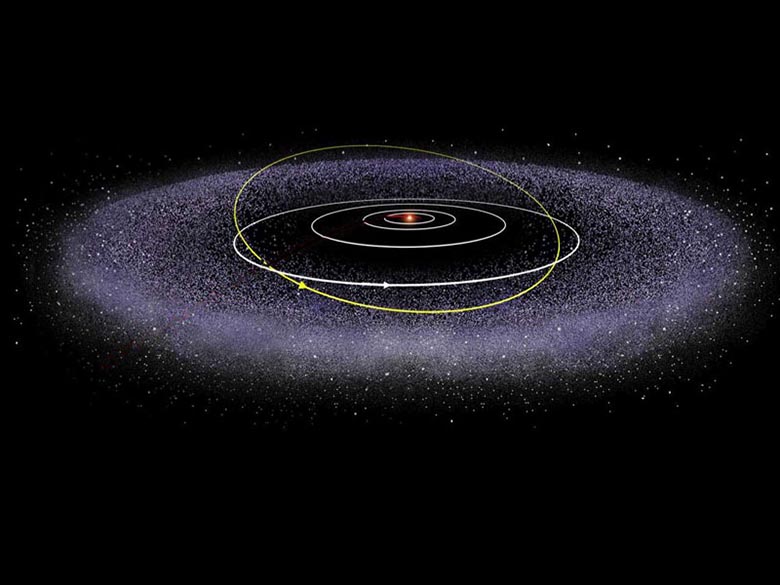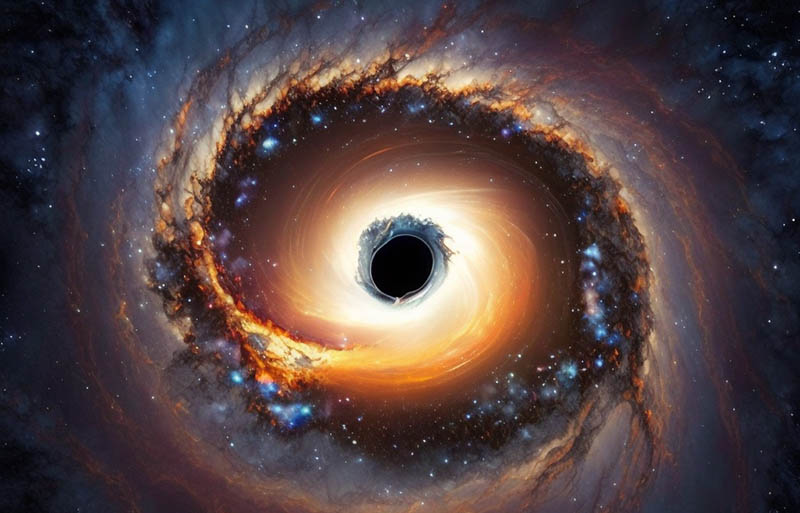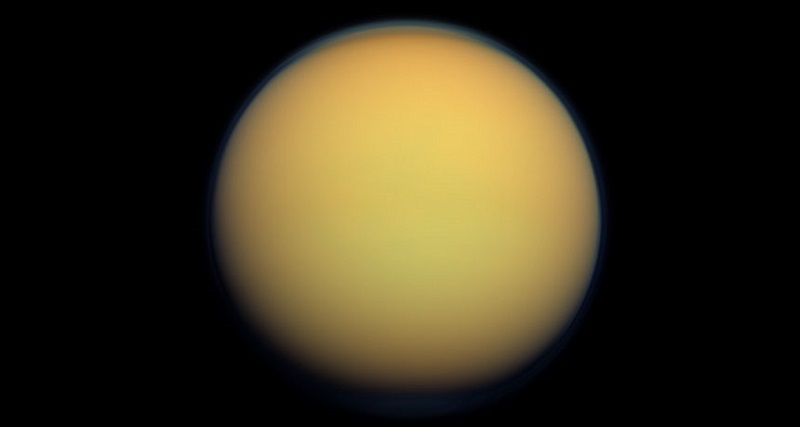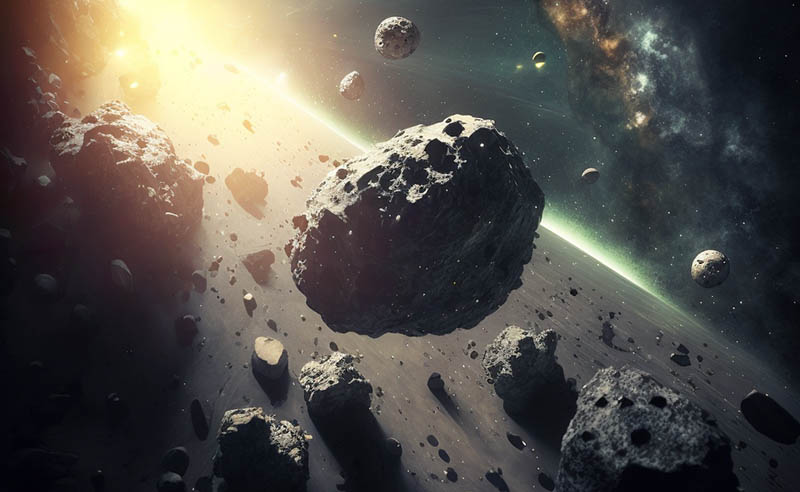In the past, people believed that Venus is an Earth-like planet. But the reality turned out to be much more severe, and the first explorations uncovered that this planet is a real infernal cauldron. Acid rains, monstrously high temperatures, and other factors don’t leave hope for the existence of life here.
Amazing facts about Venus
- Venus is the hottest planet in the Solar system. It’s even hotter than the hottest regions of Mercury, because of the dense atmosphere and the greenhouse effect.
- Some minerals and metals that are present in solid form on Earth exist in liquid form on Venus. Lead, for example – it’s so hot here that it just melts.
- The Venusian atmosphere consists of 96.5% carbon dioxide. This is partly similar to the atmosphere of Mars, which consists of 95% of it.
- There’s an ozone layer here, just like on earth. It is located at an altitude of about 60-65 miles (100 km). For comparison, on our planet, it is located at an altitude of 9-12 miles (15-20 km).
- On Venus, there are rains of sulfuric acid, but they don’t reach the surface, evaporating soon after falling out of the clouds.
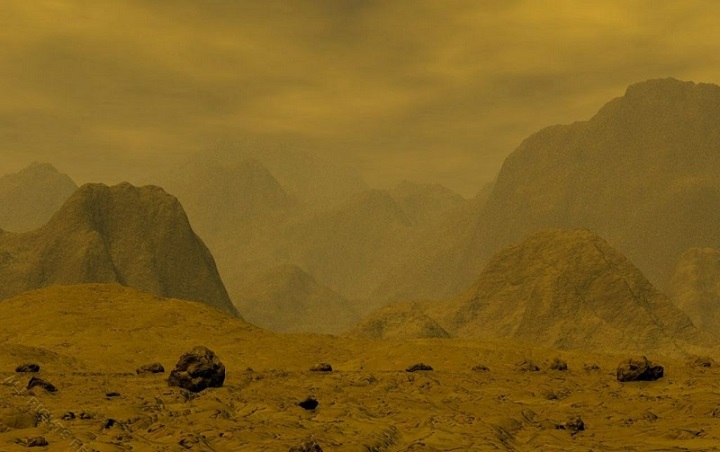
- It is impossible to see the Sun from its surface, as it is obscured by clouds constantly.
- There are thunderstorms and lightning, very strong ones.
- The total surface area of Venus is approximately 90% of that of Earth.
- Conditions in the Venusian atmosphere at an altitude of about 60 km are quite similar to those on earth. Scientists believe that some terrestrial microorganisms, such as algae and bacteria, could survive there.
- The gravity here is only 12% less than on Earth.
- Among all the planets of the Solar system, it is the third dense. Only the Earth and Mercury are denser than Venus.
- The entire atmosphere of Venus is involved in one continuous storm. Hurricanes blow here all the time, and clouds cross the planet in four days, give or take.
- This is the only planet in our system that rotates around its axis clockwise.
- A day here lasts longer than a year.
- Venus is the third most luminous object in the sky. It is second only to the Sun and the Moon.
- Venus rotates on its axis slower than all other planets.
- A year here lasts 225 standard days, and a day lasts 243 standard days.
- The diameter of Venus is only 640 km less than that of Earth.
- Despite its similar diameter, its mass is smaller due to its lower density. It is about 80% of Earth’s.
- It wasn’t possible to land an interplanetary probe on Venus for a long time because of its turbulent atmosphere. The first successful landing was made as part of the Soviet space program in 1970.
- Anticyclones are constantly raging over the Venusian poles, and the clouds there have an interesting S-shape.
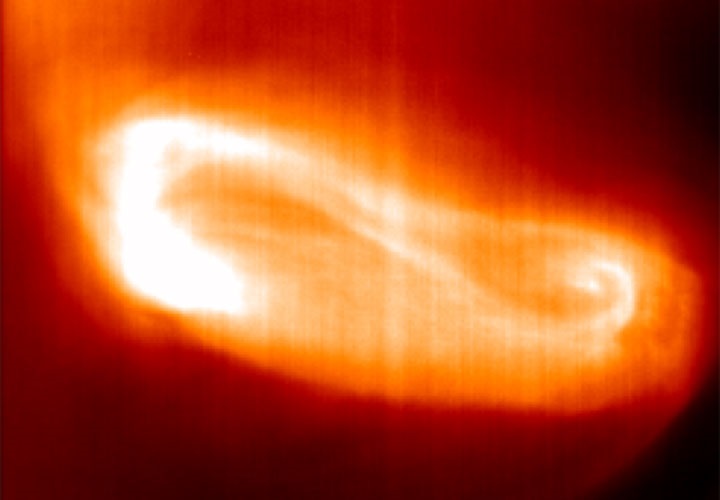
- There’s no change of seasons here, just like on Mercury.
- It is one of the two planets in the Solar system devoid of natural satellites. Another one is Mercury.
- The densest atmosphere in the Solar System belongs to Venus. Titan, the moon of Saturn, has second place. The Earth is third.
- The atmosphere of Venus is half liquid, and half gaseous because of the tremendous pressure near the surface. Scientists call this aggregate state a supercritical liquid.
- The atmospheric pressure on its surface is 90 times stronger than on Earth.
- The wind on Venus blows at a constant speed of about 225 mph (360 kph) at the altitude of the edge of the upper clouds. Clouds thus move faster than the points on the equator below them by about 60 times. The fastest clouds on Earth move 5-10 times slower than the points on the equator below them.
- The highest point on the Venus’s surface is the Maxwell mountains, which have an absolute height of more than 36.000 feet (11 km). The temperature there is much °C lower than anywhere here, and the pressure is twice as low.
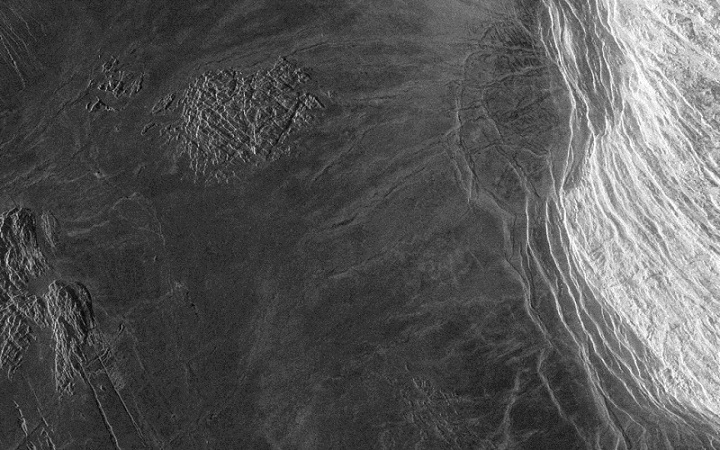
- The albedo of Venus is so high that on a moonless night its reflected light can cast shadows on the Earth.
- The first scientist to observe it with a telescope was Galileo Galilei. He also discovered the fact that this planet has different phases.
- The percentage of nitrogen in the Venusian atmosphere is much lower than in Earth’s one (3.5% vs. 78%), but its total mass is four times higher.
- Most of the toponyms here are named after female mythological characters.
- There are only about 1,000 impact craters on the entire planet. This is due to the fact that almost all meteorites burn up in a dense atmosphere, and only the largest of them reach the surface.
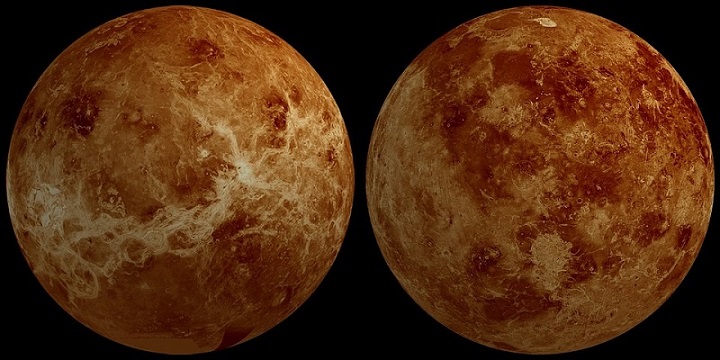
- Thousands of ancient volcanoes have been discovered on Venus.
- The first spacecraft that tried to land on its surface were created, as their designers believed at the time, with a huge margin of safety. They were able to withstand a pressure of up to 20 atmospheres, and as a result, they were crushed right after entering the dense layers of the atmosphere.
- The Venusian atmosphere is quite transparent below the edge of the clouds, so you can even take photos there. But you need a camera that can work in such extreme conditions.
- There is no water on Venus. It probably once was but it got evaporated, due to the greenhouse effect and rising temperatures. Water vapor rose up and was blown away by the solar wind from the upper atmosphere.
- 90% of the mass of Venus ‘ atmosphere remains within 28 km of its surface.
- The presence of an atmosphere on Venus was first proved by the great scientist Lomonosov, who observed the transit of this planet on the disk of the Sun.
- Observations of its surface from space are impossible due to dense clouds.
- The surface of Venus is almost unknown. A number of scientists believe that there may be life, even if not protein-based, as on Earth. This probability is also indicated by some materials obtained during research missions.
- The top level of illumination there is comparable to that on Earth on a very cloudy day.
- The clouds that cover it reflect 75% of all the sunlight that this planet gets.
- One of the Venus colonizing projects involves installing giant mirrors between it and the Sun. Reducing the amount of sunlight falling on the planet would help cool it down and reduce the greenhouse effect.
- Venus is considered a possible springboard for Solar System exploration. Humanity can create flying islands at an altitude of about 60 km in the clouds, and use them as launch pads. The temperature at this altitude is close to a normal one, and the upper atmosphere will provide sufficient protection from solar radiation.
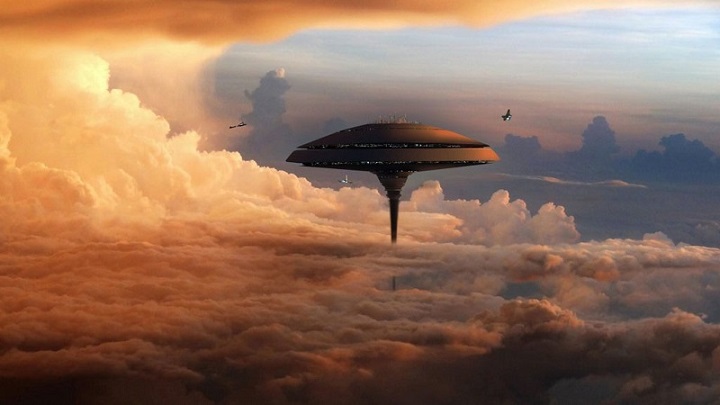
- Venus became the second celestial body after the Moon the surface of which was studied using powerful radars directly from Earth.
- It’s the first planet visited by a spacecraft. The Mariner 2 probe flew near it in 1962.
- The launch window for a flight to Venus opens once every 19 months.
- The flows of frozen lava are much more impressive here than on Earth. They reach a length of hundreds of miles.
- There are traces of tectonic activity on Venus. This is probably a legacy of the planet’s geological past.

